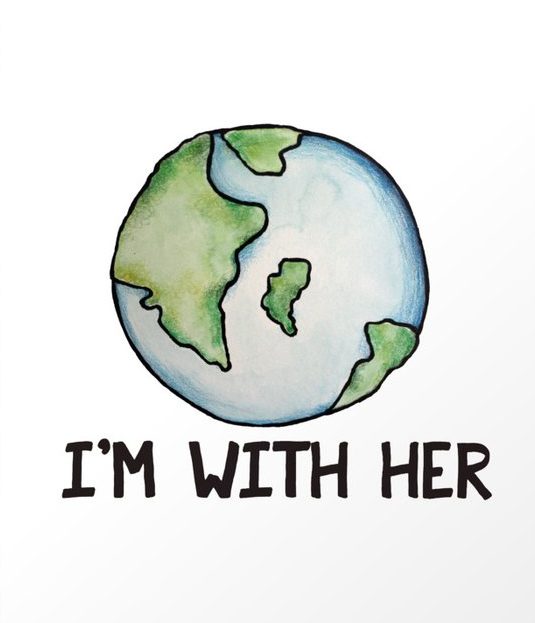One might assume that both men and women take equal responsibility in protecting the environment. Because, whichever our gender, we all want a safe and secure planet to live on. It is then our equal duty to opt for eco-friendly behaviours that will help us achieve this. However, research shows that it’s mainly women who carry out most of the actions to sustain our planet. There is a gender disparity when making green choices, and this has led to what is now known as the “Eco Gender Gap”.
What are women doing for the planet?
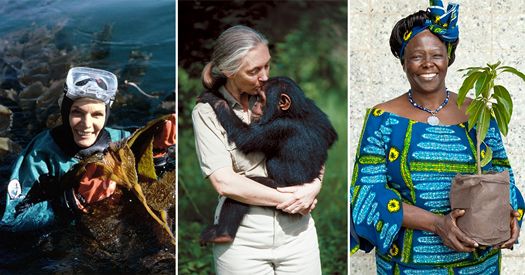
Many trailblazing women have taken great initiative to actively participate in solving environmental issues – such as climate change, pollution, and food wastage. From littering less to recycling more, a proportionately larger number of women compared to men are going green every day. According to a British study, women are more eco-friendly than men, with 71% of women and only 59% of men increasing their commitment to ethical living in 2018. Furthermore, 65% of British women compared to 56% of British men are likely to promote an ethical lifestyle to their loved ones. In the U.S., another study found that only a small proportion of men consumed low carbon diets in 2014, with just 24% of vegans being men.
Women are also heading environmental movements in political spheres around the world. For instance, US congresswoman Alexandria Ocasio-Cortez has submitted a proposal for a Green New Deal and youth activist Greta Thunberg is encouraging world leaders to mitigate climate change. Even the zero-waste movements on social media are being led by popular female influencers such Bea Johnson and Kathryn Kellogg. Additionally, many zero waste stores across the world claim that a majority of their clients are women. For example, women make up 88% of customers at the House of Zero Waste in France and over 90% of customers at Without Co. in Canada.
So, why is it that women tend to contribute more towards saving our planet than men? Experts have pointed out that this may be due a variety of factors.
Why is there an Eco Gender Gap?
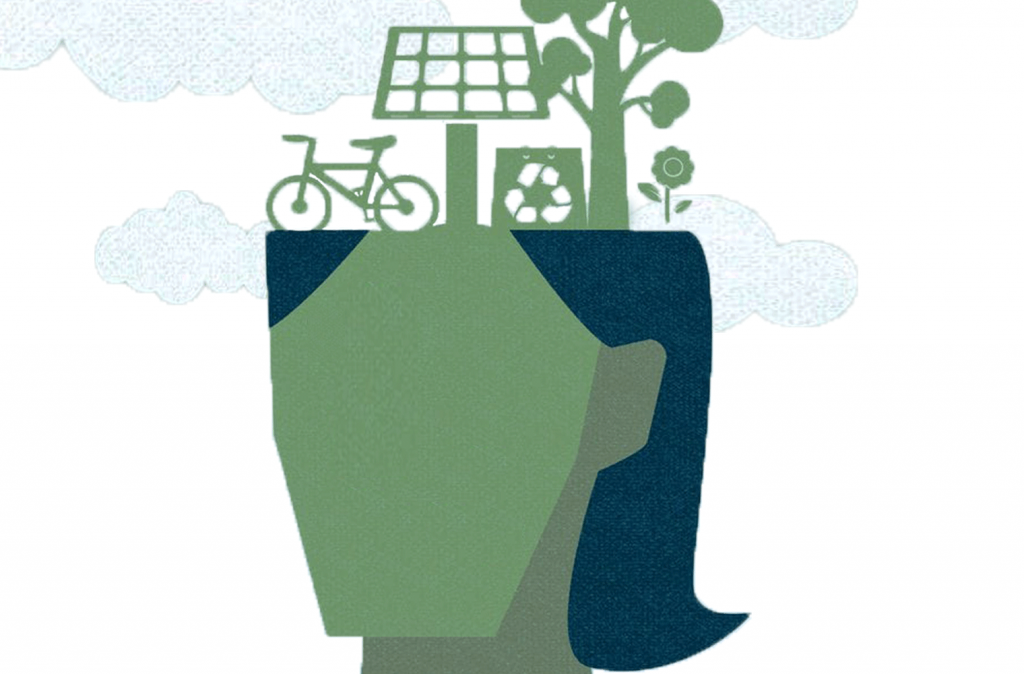
The Green-Feminine Stereotype
According to survey data collected by Ogilvy Earth, a majority of American adults consider “going green” to be feminine. This report also stated that “feminization of the green movement really holds men back when it comes to visible green behavior, like using reusable grocery bags or carrying around reusable water bottles, and even driving a Prius”. Furthermore, scholars have found evidence of a cognitive association between the concepts of greenness and femininity. The study also stated that this association “can affect both social judgments and self-perception among both men and women“. However, comparatively, more masculine-leaning gender identities are affected by the green-feminine stereotype. This in turn impacts their willingness to engage in eco-friendly behaviors.
Recent research from 2019 also revealed that men avoid eco-friendly behavior due to fears of others questioning their sexual orientation. This study’s participants also align green behavior with gender stereotypes, highlighting that ideas of masculinity and femininity affect environmentalism.
Gender norms

Many sources also argue that the eco-gender gap exists due to the prevalence of gender norms within the areas of domestic and household labor. According to the OECD, American women spent an average of 4 hours per day doing unpaid domestic work, compared to just 2.5 hours spent by American men in 2020. Another study in the UK, conducted by University College London, found that women carry out approximately 16 hours of household chores per week, compared to 6 hours by men. Women also undertook the majority of the domestic duties in 93% of the couples surveyed.
This clearly indicates that there is a massive division in gender norms when allocating domestic duties to manage a household. Therefore, as pointed out in an article by Stylist, “the ethical choices associated with shopping, school runs, and recycling, invariably falls to women”. Hence, this poses the question of whether men make fewer green choices than women because these gender norms do not present them equal opportunities to do so.
Personality differences
Past research also suggests that the eco gender gap links to personality differences in men and women. For example, in general terms, women show more concern toward environmentalism as they have a greater tendency to be prosocial, altruistic, and empathetic. Additionally, Zelezny points out that women also display a stronger sense of ethics in regards to environmentalism. In contrast, these studies have seemed to find men to be relatively more self-concerned and individualistic.
We have, for a long time, coded selfishness as masculine.
Michael Kimmel
How can we bridge the Eco Gender Gap?
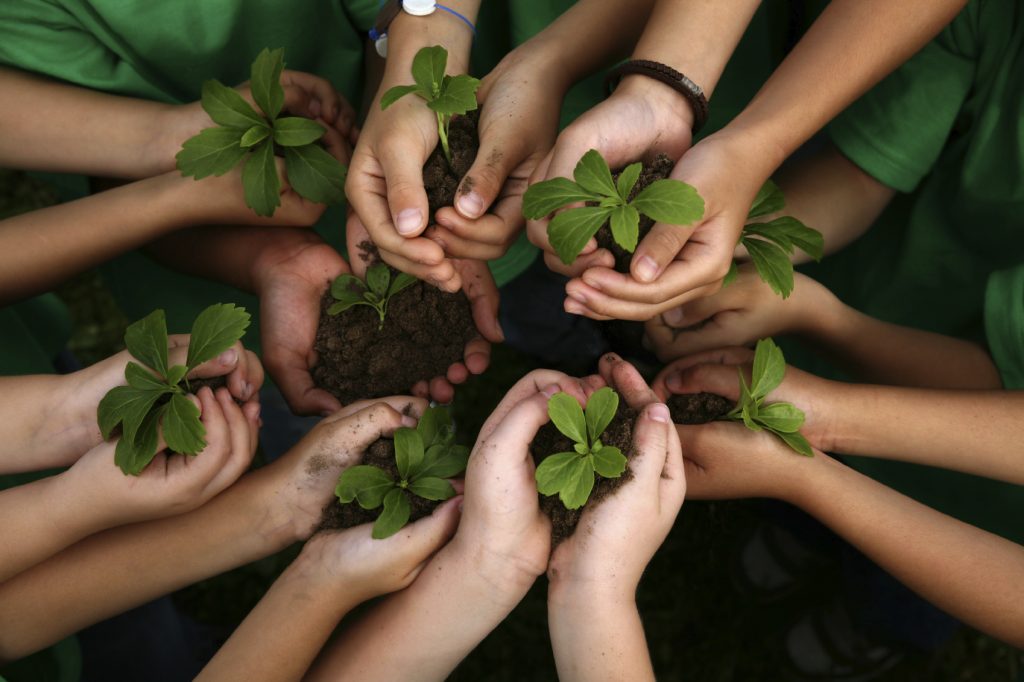
As there are various factors contributing to the eco gender gap, a combination of solutions can be employed to bridge it.
1. Adopt masculine branding to promote green consumption
As there are some individuals who believe that going green is feminine, researchers Aaron R. Brough and James E.B. Wilkie’s team found that a solution might be to include more masculinity when promoting environmentalism. This will lead to affirming eco friendly consumption and behaviour as a part of the male gender identity, instead of stereotyping it as solely feminine.
According to Brough’s study, marketers have previously used a form of masculine branding on stereotypically feminine products. For instance, yoga studios became popular amongst males when they were called Broga – a studio designed specifically for them. Furthermore, this strategy has been applied to household and domesticity products that are largely categorised as feminine as well. For example, when these household products were associated with craftsmen or family-handymen, they tended to attract those with masculine identities. These examples indicate that the gender reflected in a product or behaviour can determine which gender identifies with it. Therefore, masculine branding could be effective in changing the feminine association linked to green consumption.
However, according to Michael Kimmel, professor of sociology and gender studies at Stony Brook University, affirming masculinity through branding is not the way to go. Kimmel alternatively suggests that men would respond more to environmentalism if they’re approached as fathers or protecters. “Do you want your children to be drinking water that will make them sick? You’re a dad. Your job is to protect your children and your family,” explains Kimmel in Make Change’s article. “I think if men thought more as fathers, and less like ‘real men,’ we would do a lot better.”
2. Explore, create and innovate
As the number of environmental issues keep rising, the greater the need for us to come up with creative solutions. Reducing, reusing, recycling and upcycling are not feminine duties. They are duties that everyone should hold to protect everyone. Climate change does not stop to look at unfair gender stereotypes, and neither should we when taking the responsibility to offer solutions.
Thus, let’s encourage more men and women to participate in developing new technologies to help reduce waste and pollution. Juniper Ridge is one such individual who created a successful business that sustainably harvests plants to make handcrafted home and body care products. There are many more similar entrepreneurs and innovators who have also employ innovative methods to protect the environment. However, we still have many environmental issues that need further intervention, so let’s hop on the eco bandwagon and help curb them!
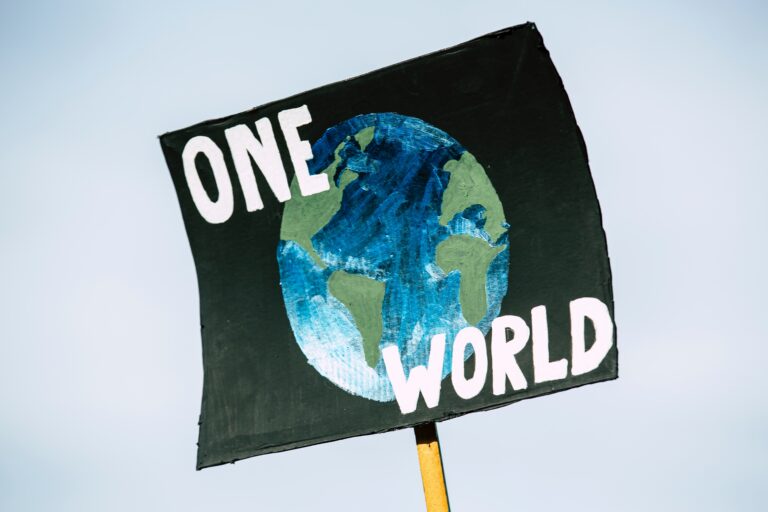
3. Provide information and volunteer opportunities
It is necessary for there to be sufficient information on environmental issues, along with equal opportunities to actively resolve them. Technology should be used to ensure that information on green products and behaviors are freely available. Environmental studies on the impact of climate change, deforestation, and more should also be accessible to many more people in order to educate them on the importance of protecting the environment. More people need to be aware that saving our planet is everyone’s duty – irrespective of gender identity.
Furthermore, eco-volunteering is one of the most effective methods to make a direct contribution towards protecting the environment. There are many organizations around the world that provide opportunities to assist in conserving forests, jungles, sustainable agriculture, waterways, and coastal areas. One such reputable organization that allows you to easily find suitable locations, resources, and projects to volunteer for is GoEco. Additionally, Volunteer World is also a site that shares an array of programs for environmental volunteering. You can simply visit their official websites to find a project and start eco-volunteering!
Moreover, volunteers can also contribute towards saving the environment in their own homes and local areas. From planting trees in our gardens to hosting community clean ups, we can all volunteer for the planet on a daily basis. Gender stereotyping, gender norms, and personality differences should never distract us from actively saving our precious planet everyday. It’s all we have and it’s all we need. So, we urge both men and women alike to break any gender barriers and join the environmental movement before it’s too late. There’s still so much to do in such little time.
IVolunteer International is a 501(c)3 tech-nonprofit registered in the United States with operations worldwide. Using a location-based mobile application, we mobilize volunteers to take action in their local communities. Our vision is creating 7-billion volunteers. We are an internationally recognized nonprofit organization and is also a Civil Society Associated with the United Nations Department of Global Communications. Visit our profiles on Guidestar, Greatnonprofits, and FastForward.
